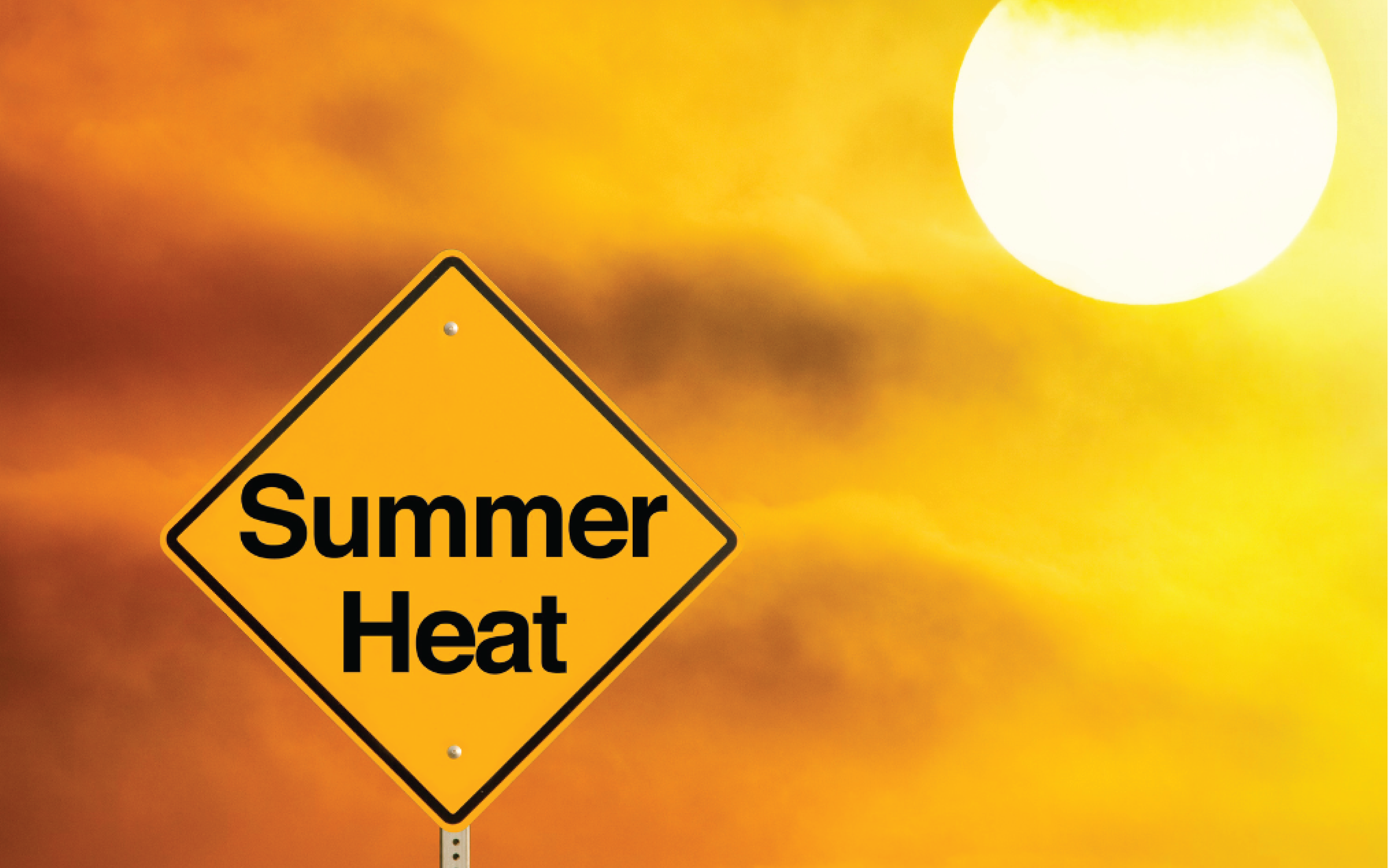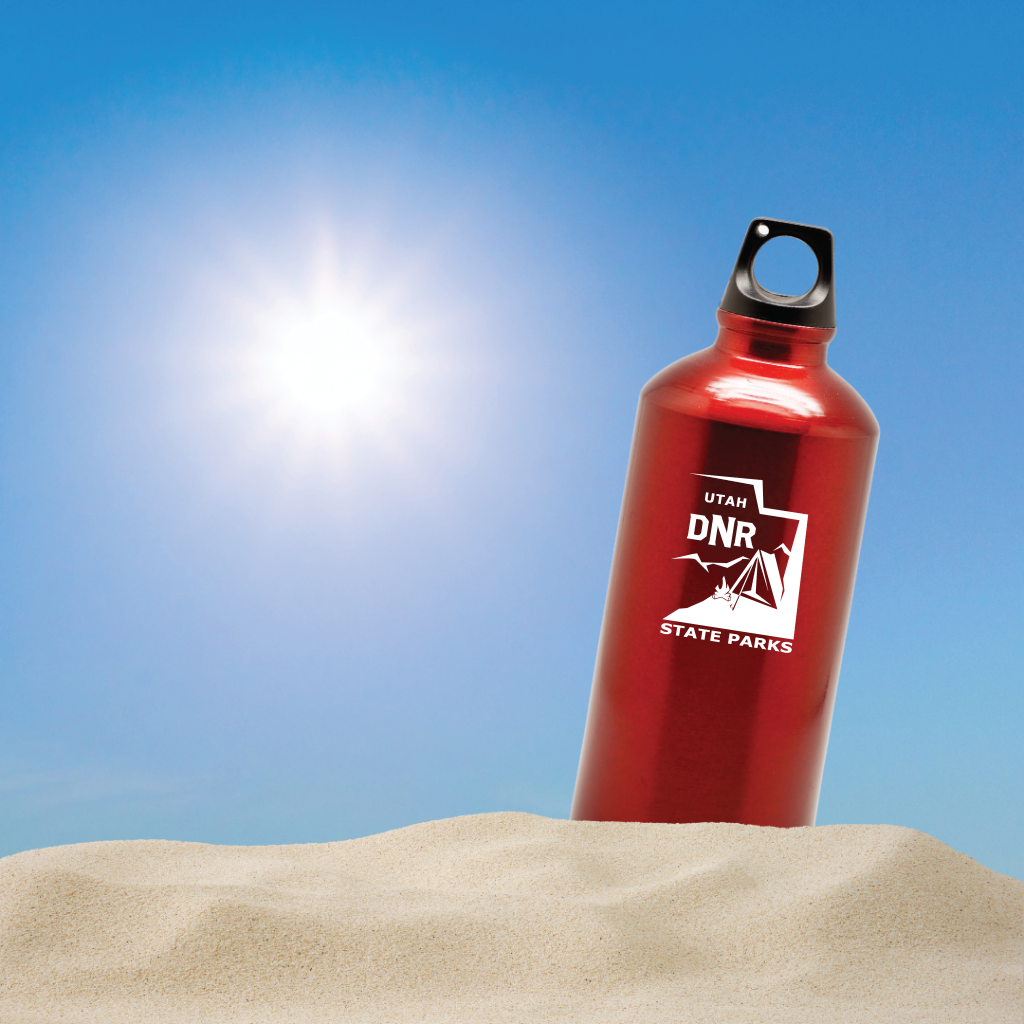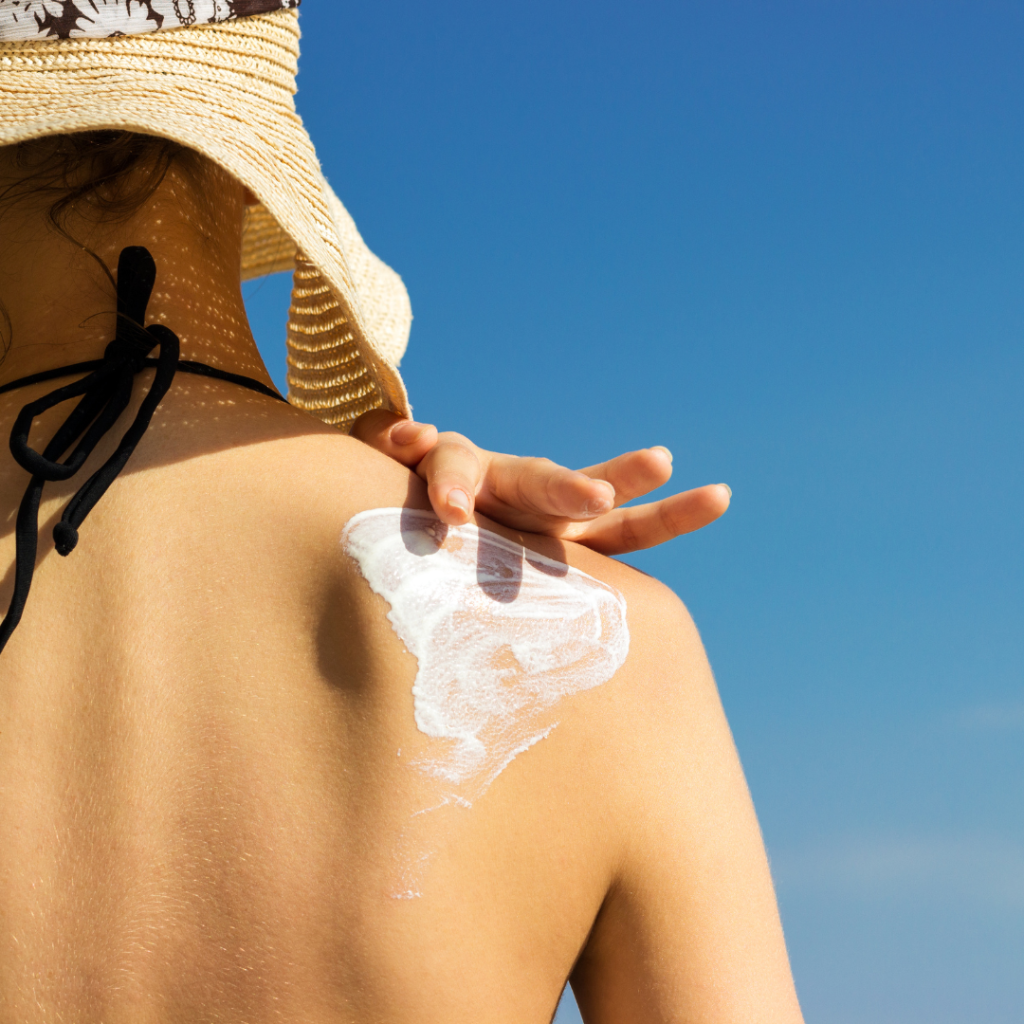Staying Safe in the Heat
It’s HOT out there. While summer might have you wanting to head outside for some fun, venturing out in extreme heat without understanding the risks can put you in a life-threatening situation.
To help you stay safe, the Utah Division of State Parks has put together these 10 tips for safely recreating in the heat:

1. STAY HYDRATED!
Make sure you have enough water for the duration of your activity or trip. Experts recommend a half-liter of water per person per hour, but if you’re doing a more strenuous activity — like hiking or paddle boarding — and the temperature is high, you’ll need a full liter per hour to replace what you lose through sweat. It’s not a bad idea to pack some electrolyte drink mixes or tabs along with your regular drinking water.
2. AVOID DEHYDRATING LIQUIDS
Anytime you’re hanging out in the heat you risk dehydration. Consuming alcohol increases that risk since it’s a diuretic. Don’t make the mistake of thinking the fluids in alcoholic beverages will keep you hydrated. If you plan on having a drink or two, experts recommend drinking 8-12 ounces of water for every alcoholic drink to counteract the dehydration risk. Caffeine is also a diuretic, so don’t rely on coffee, tea or soda as your main source of hydration.
As a reminder, operating an off-highway vehicle (OHV) or boat under the influence of alcohol is no different than operating a car under the influence of alcohol. Don’t drink and drive.
3. WEAR PROTECTIVE CLOTHING
Lightweight, light-colored, and loose-fitting clothing is your best friend in the heat. Avoid cotton. Instead, opt for fabrics that wick moisture away from your body. Don’t forget your UV-blocking sunglasses and a broad-brimmed hat!
4. WEAR SUNSCREEN
Always wear sunscreen to shield yourself from the sun’s harmful rays—even on overcast days. Protect yourself with at least SPF 30 and reapply as needed.
5. REFUEL
When you’re packing snacks, look for foods with complex carbohydrates instead of simple ones. Complex carbs are easier on your stomach and give you a longer, more sustained energy boost than simple sugars. Trail mix is a great option—and it’s even better for you when paired with a starchy fruit (like an apple)!
6. PACE YOURSELF
Extreme conditions are not the time to push yourself. Go at an even pace, be honest with yourself and know your own limits and abilities.
7. PLAN FOR THE HEAT
As a general rule of thumb, the hottest part of the day is between 10:00 AM and 4:00 PM. That’s when the sun is at its peak. Try to plan more strenuous activities outside of those hours. Occasionally, some of the hotter areas of the state can see high temperatures even until later on in the evening.
If you’re out during the hottest part of the day, seek shade whenever you can, and remember to hydrate and rest. Wrapping a damp cloth or bandana around your neck, wrist, or ankle will help to cool your blood as it circulates. Periodically shake out the bandana to dissipate the heat your body transferred to it. Wet again as needed.
8. KNOW THE SIGNS OF HEAT EXHAUSTION
Stop, drink, and rest if you or anyone else in your group experiences:
- Nausea
- Vomiting
- Pale Face
- Cool/Moist Skin
- Headache
- Cramps
Drink water with electrolytes, eat high-energy foods (with fats and sugars) and rest in the shade for 30-45 minutes. Pouring cool water on the person may help them cool down faster. If nausea or vomiting prevents drinking fluids, seek immediate emergency medical assistance.
9. KNOW THE SIGNS OF HEAT STROKE
Heat stroke is the most serious heat-related illness. It occurs when the body becomes unable to control its temperature. Heat stroke can cause death or permanent disability if emergency treatment is not provided.
Do not ignore these signs:
- Flushed Face
- Dry skin (no sweating)
- Weak and Rapid Pulse
- High Core Body Temperature
- Confusion
- Poor Judgment
- Unconsciousness
- Hallucinations
- Seizures
Be aware that symptoms of heat stroke can mimic those of a heart attack or other conditions. If you or someone in your group is showing signs of heat stroke, seek emergency medical assistance. Take immediate action to cool the person until help arrives. Move them into a cool, shaded area. Splash or soak them with water, if available, and fan them vigorously.
10. GENERAL SAFETY TIPS:
- Tell someone where you are going and when you plan to return.
- Take a friend along with you. Don’t go it alone.
- Check the weather, fire restrictions and current conditions at the park before getting on the road.
- Pack an emergency kit. It’s worth investing in a kit that at least has the basics for dealing with a minor injury. Familiarize yourself with what’s inside the kit beforehand and add anything you think you might need.
- Bring a cell phone, radio or other devices to help you communicate in case of an emergency.
We hope these tips will help you feel a little safer out there in those high summer temps! Be safe out there and remember to practice #ResponsibleRecreation.




If you found this blog entry interesting, please consider sharing it through your social network.